California may have a reputation for earthquakes, but in reality, there’s a total of 45 U.S states and territories that stand at either moderate or very high risk of earthquakes.
As such, it pays to know a little bit about earthquakes and how to survive before they happen.
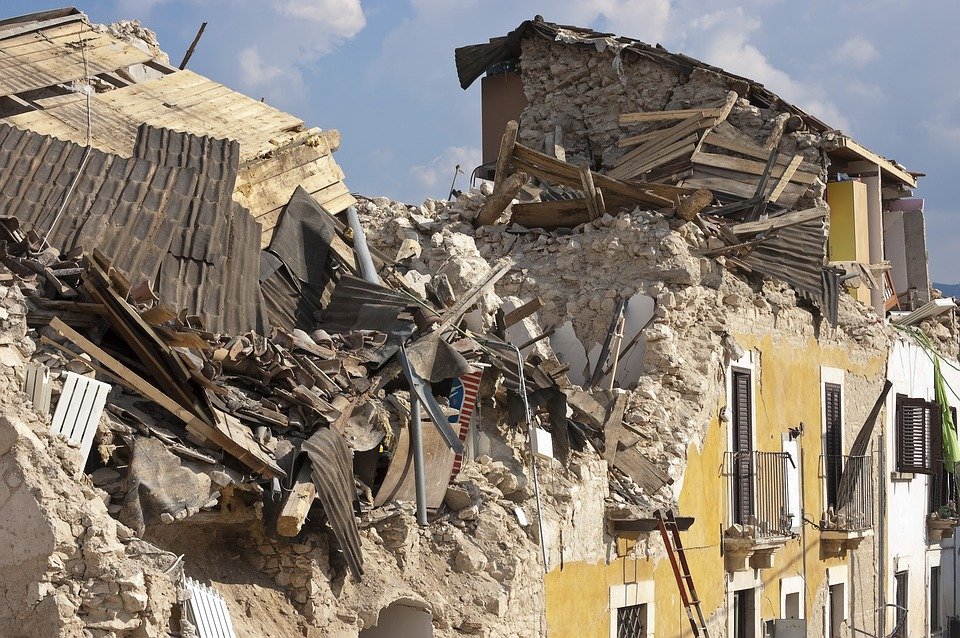
But what’s that look like? How do you survive an earthquake?
Lucky for you, we’ve compiled some info on earthquake survival. From what you need on hand before one strikes to what to do in the aftermath…we got you covered.
So, if you’ve ever wondered what it’s like in an earthquake…keep reading.
Table of Contents
Loading…
Before an Earthquake Strikes
“An ounce of prevention is worth a pound of cure,” said Ben Franklin and he’s right.
One of the best ways to survive an earthquake is to take appropriate steps before one ever happens.
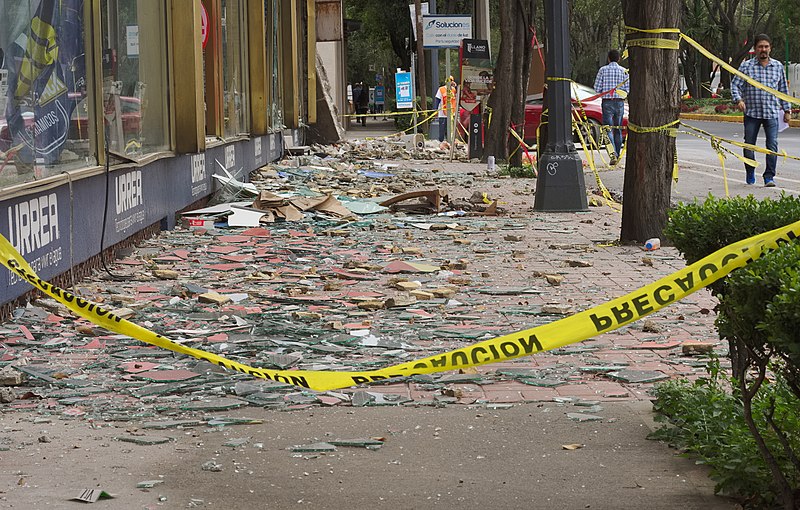
The majority of earthquake deaths and injuries happen after the quake begins — when something falls or people get knocked to the ground.
So, how do you prepare for something that happens seemingly out of nowhere? We got some tips below…
Anchor Top-Heavy Furniture & Bolt Heavy Appliances to the Wall
You likely have bookshelves in your house. Can you imagine if one of them fell on you?
People, particularly little kids, have been killed by bookshelves falling on them even outside of an earthquake. But an earthquake is a prime time for a similar occurrence to happen.
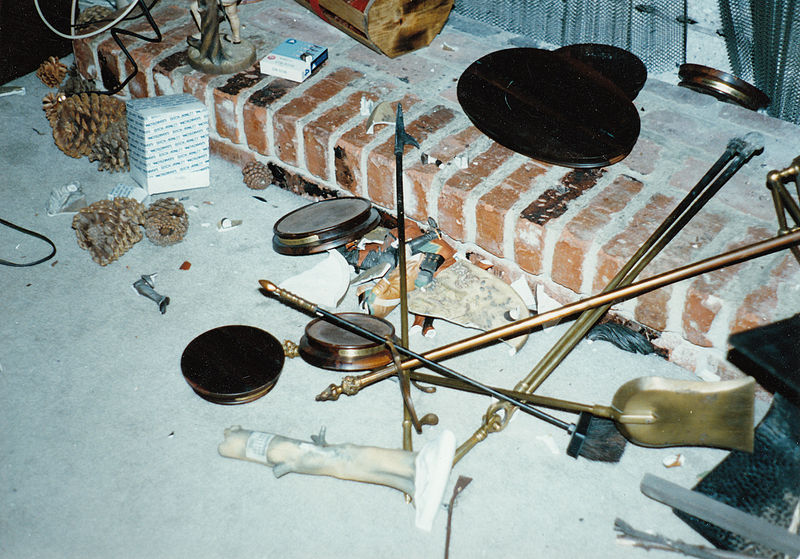
So, get some L-brackets or furniture anchors and anchor your top-heavy furniture to wall studs.
While you’re at, consider anchoring heavy appliances like stoves and hot water heaters that also act as potential fire hazards.
-
25% off all OAKLEY products - OAKLEY25
Copied! Visit Merchant
So, do what you can to anchor these appliances down, just like furniture and wall hangings. It’s an easy step to earthquake preparedness.
Don’t Hang Heavy Items Above Beds
It’s 3 a.m. and you’re asleep in bed, beneath the 30-pound wedding picture that hangs above your head.
And when the quake hits that picture might fall like a scene straight out of Final Destination.

If you live in an area that’s prone to earthquakes, you might want to think about where you hang decor.
But if you think the aesthetics are worth it, then at least make sure you’ve got that artwork securely fastened to the wall.
Again, there are products available specifically for this purpose.
-
25% off all OAKLEY products - OAKLEY25
Copied! Visit Merchant
Prepare an Emergency Kit
Depending on the size of the earthquake, your area could be impacted for weeks to months.
Roads will need to be cleared, stores will have to rebuild, doctors’ clinics will have to figure out a way to operate, and more.
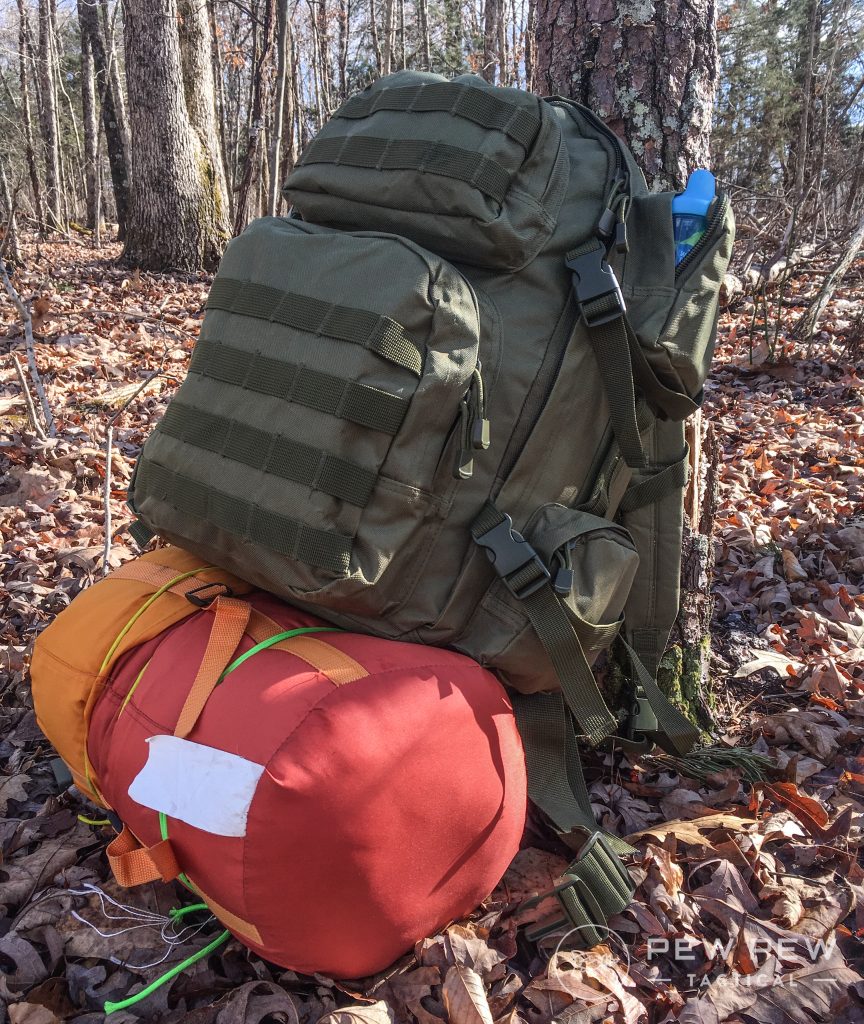
Do you see what I’m getting at?
You need the supplies necessary to stay alive until all of that gets set back up. Having emergency supplies on hand in an easy-to-reach kit will ensure that you’re prepared.
We suggest stocking up on non-perishables, water, and first aid supplies.
But to make things easy, check out our guide on building a family bug-out bag.
Gather Intel
Proper intel can give you life-saving time.
If you want to be forewarned, and live on the West Coast, I highly recommend looking into the ShakeAlert program.
From what I can tell, it seems to be a pretty advanced warning system.
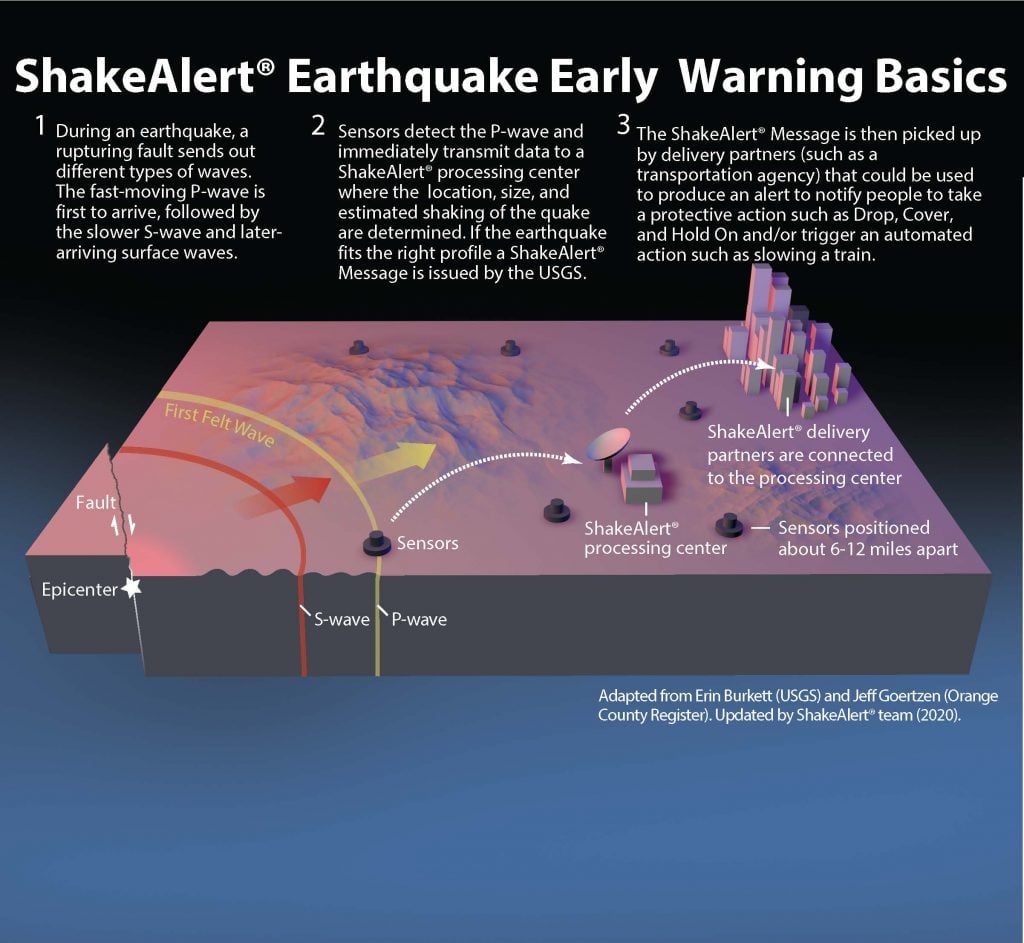
There’s also a pretty cool up-to-date map provided by the U.S. Geological Survey that will let you know where earthquakes have recently occurred.
During a Quake
Your response is going to depend on where you find yourself at the time.
The Car
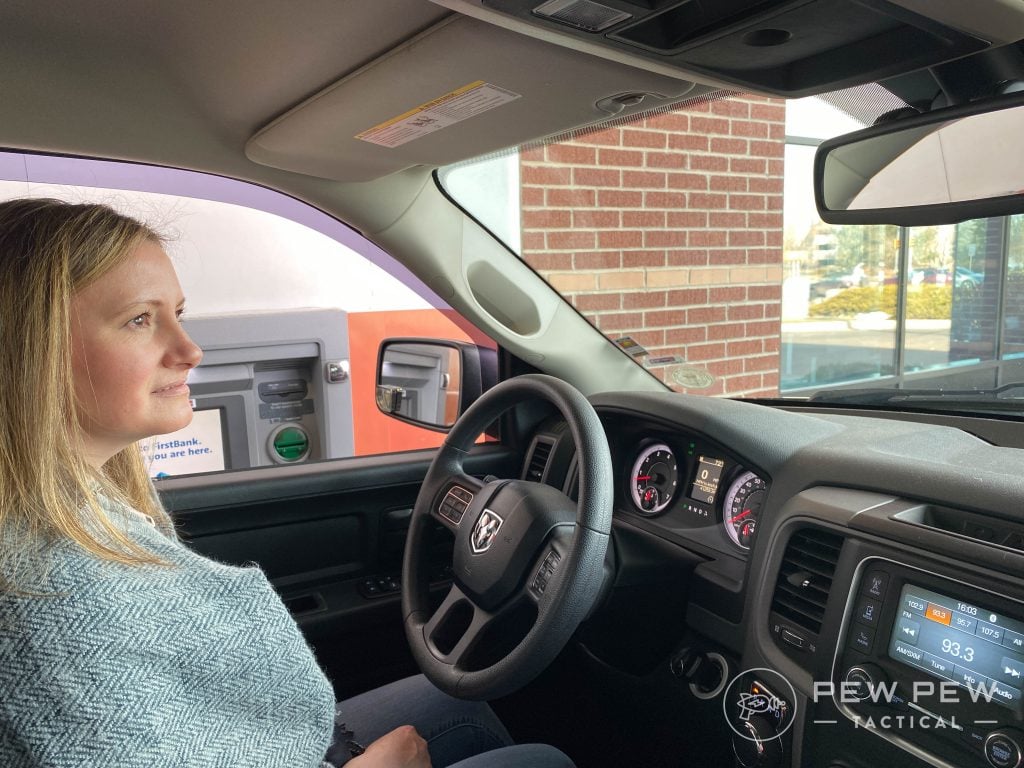
If you’re driving down the road when a quake hits, your best bet is to find a clear area to pull over, stop, and then pull your E-brake.
You don’t want to head for a bridge, underpass, parking garage, or tunnel.
All that does is increase your risk of being squished.
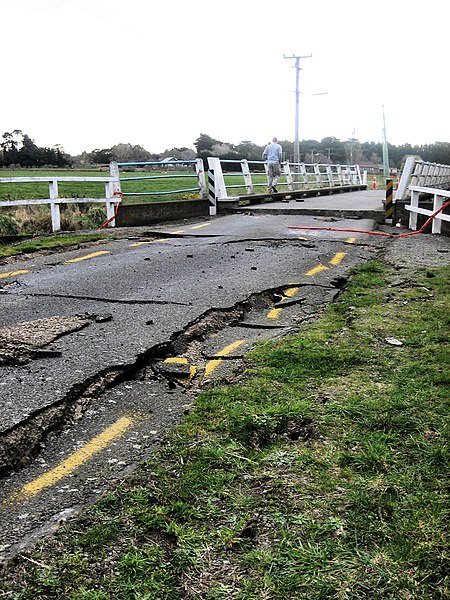
Ideally, you want to be far away from powerlines as well.
If a powerline does fall on your car, though, stay in your vehicle until help arrives.
Otherwise, your very bad day could get a whole lot worse.

Outside
The kiddo is playing soccer when the quake hits. Honestly, this is probably the best scenario to find yourself in when an earthquake hits.
Find a clear area without trees, powerlines, buildings, streetlamps…basically anything that could topple onto you.
Provided you stay away from things that can fall, you should be good.
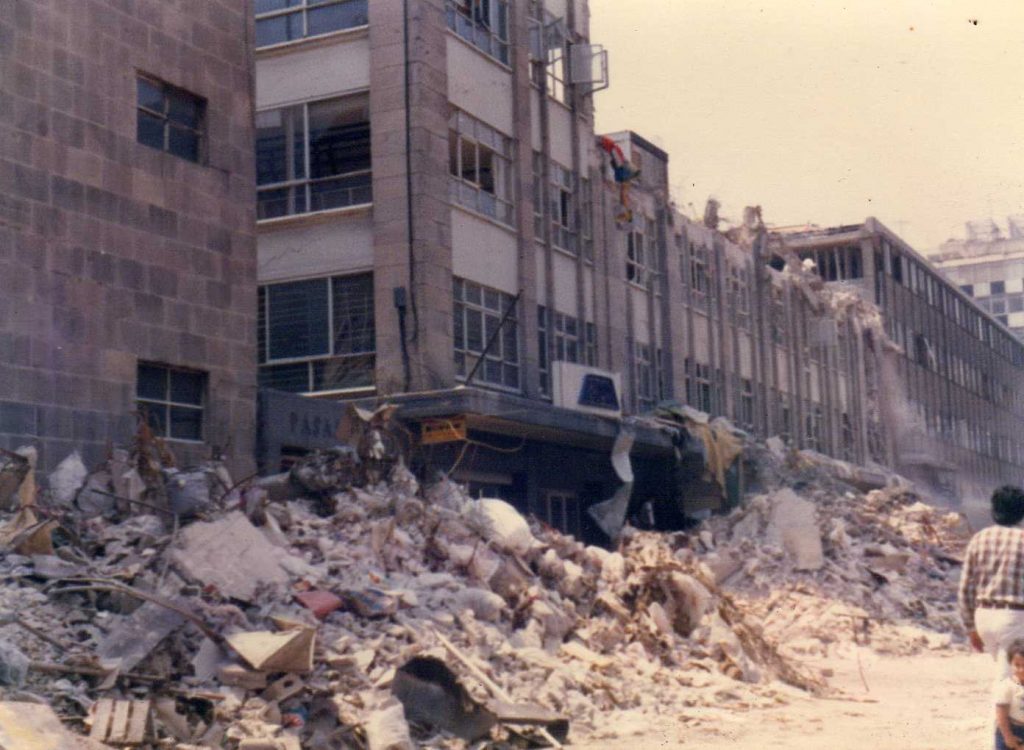
If you’re hiking in a mountainous area, watch for tumbling rocks.
As someone who’s almost been taken out by a rock falling down a mountain before, let me tell you this…if you get in its way, you stand no chance.
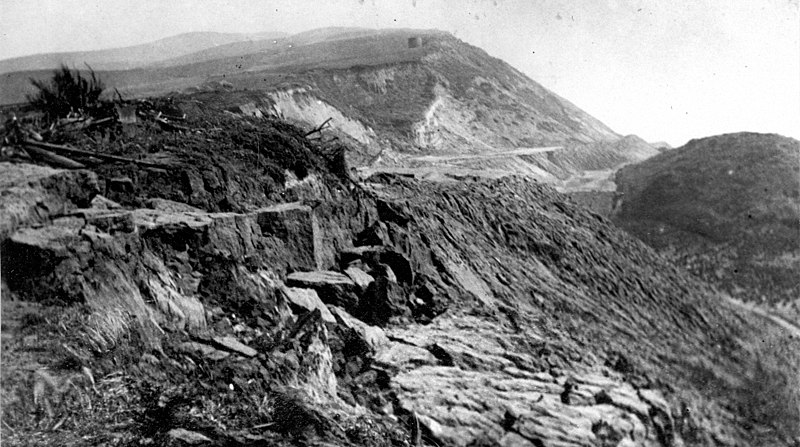
Keep your wits about you if you’re in such an area.
Inside Buildings
Let’s keep it simple here– drop, cover, and hold on.
Get low to the ground, find something sturdy to hide under, and hang on for dear life.

This should protect you from falling objects.
If you do this, you’ll already be following along with other earthquake safety tips, like stepping away from glass or other items that could fall on you.

Despite the rumors and myths, avoid doorframes.
Both the Red Cross and CDC agree that door frames are no sturdier than any other part of the house. Therefore, they offer little protection.
Additionally, windows, architectural details, and building facades are often the first part of a building to crumble.
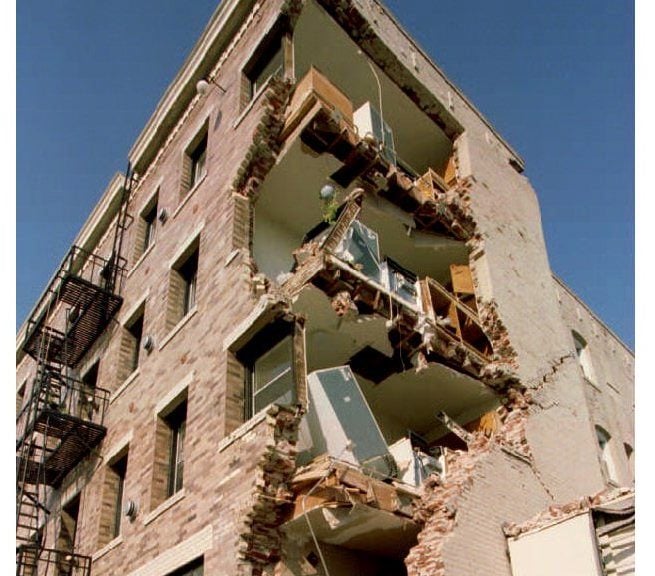
So, if you try to make a run for it, understand those areas bring a very high chance of injury.
The Red Cross advises remaining inside a building until you’re sure it’s safe to exit.
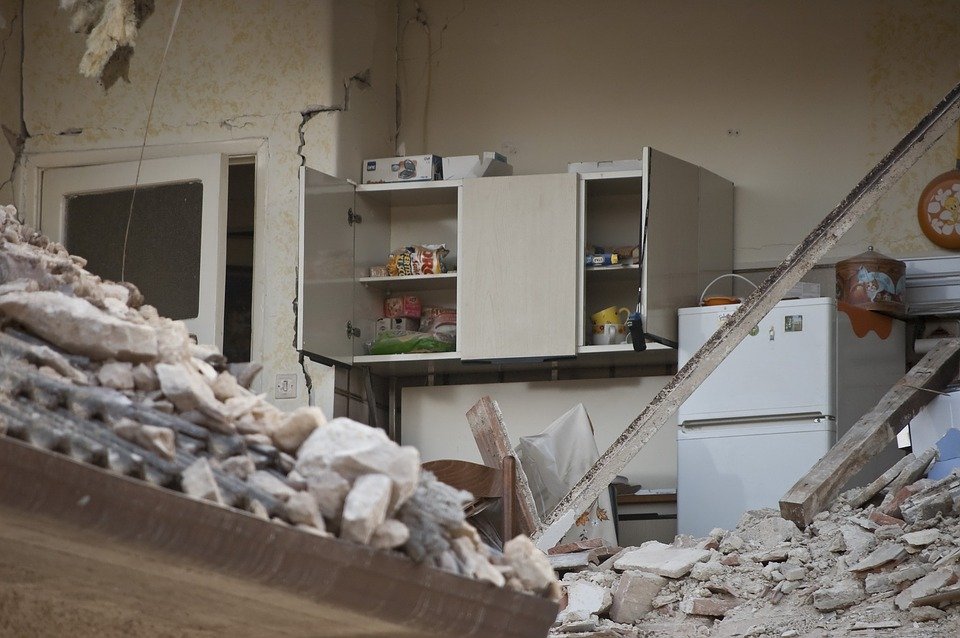
And if you’re in bed when disaster strikes, according to Ready.gov, the proper action is to roll onto your belly and cover your head with a pillow.
After an Earthquake
If you live near the coast, there is a very real possibility of an incoming tsunami. So, you need to act as fast as possible.
The higher land you can find, the better.
Most recommendations I’ve seen state 100-feet above sea level being a safe location in the event of such.
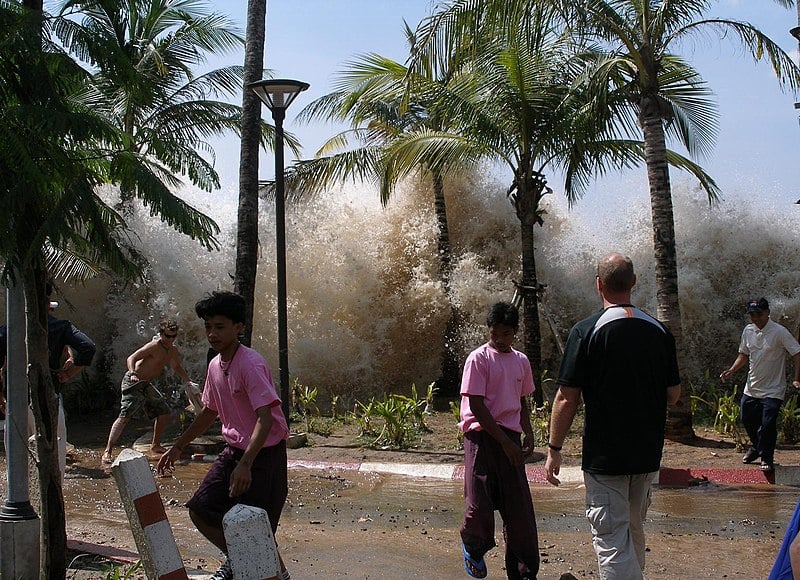
What if there’s no high ground to retreat to?
In that situation, get as far away from the coast as fast as you can.
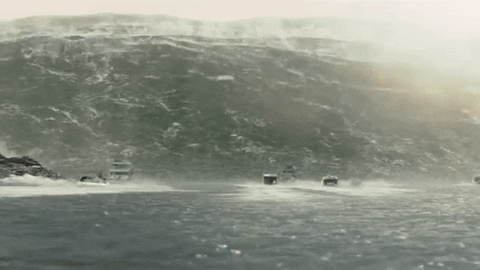
Current recommendations are to be at least two miles away from the ocean to avoid a tidal wave.
If you’re safe from water but need to get out of a hotel or apartment complex, remember to always opt for the stairs…not the elevator.
Also, keep in mind that the most common hazard after an earthquake is fire.
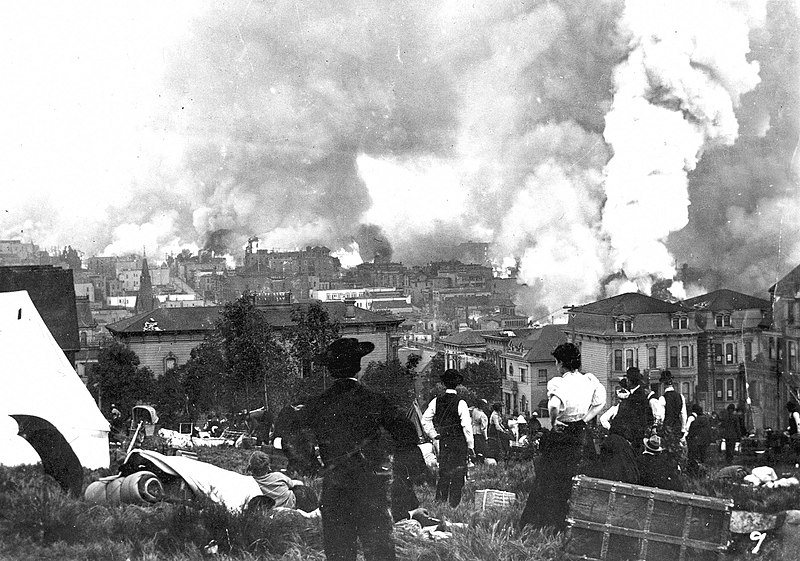
Overturned stoves, gas leaks, electrical issues can all cause fires.
This is why it’s absolutely vital that you learn how to shut off the gas valves to your home if your home uses natural gas.
If you can gain access to that switch after a quake happens, you can minimize the risk of your home going up in flames.
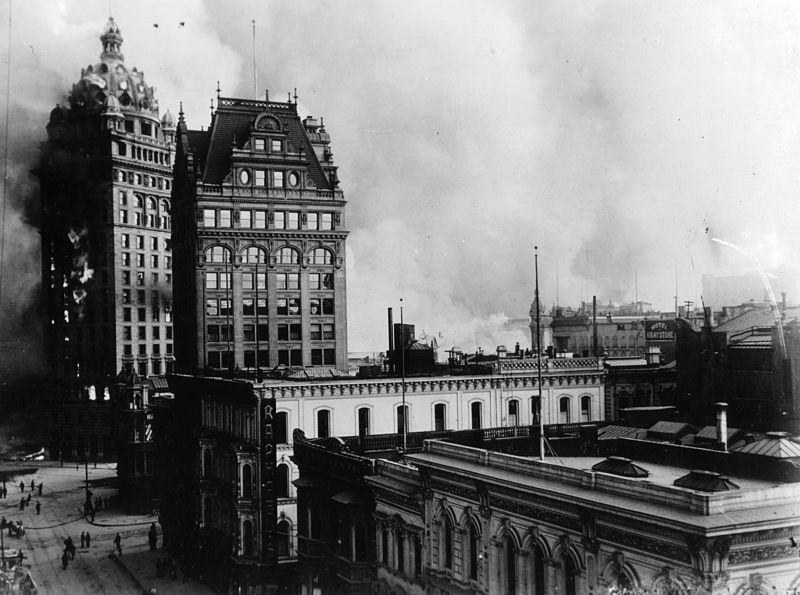
And of course, if you hear a hissing noise or smell gas, evacuate the area immediately.
Depending on the severity of the quake, it’s likely that stoplights aren’t going to be working properly.
Keep that in mind if you venture out in a car and you’re traveling through intersections.
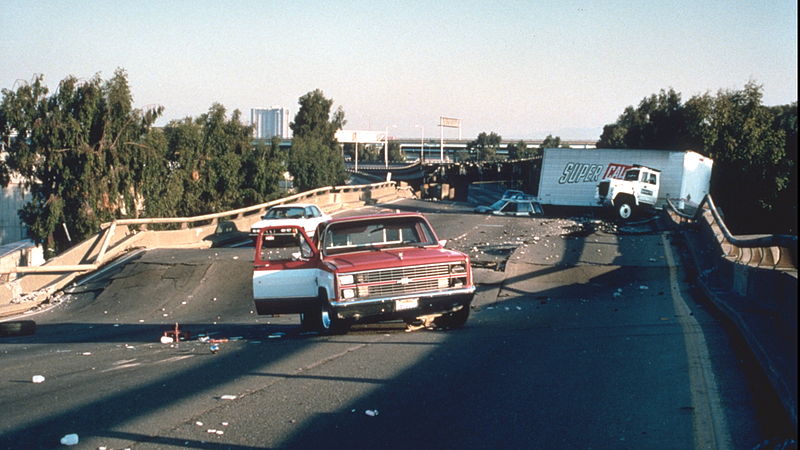
Account for peoples’ panic by being very careful anytime you drive through a stoplight. You don’t know if it’s green for everybody or what.
Best to play it safe there.
Conclusion
Unfortunately, there’s no way to predict earthquakes. However, that doesn’t mean you can’t increase your chances of making it through one alive.
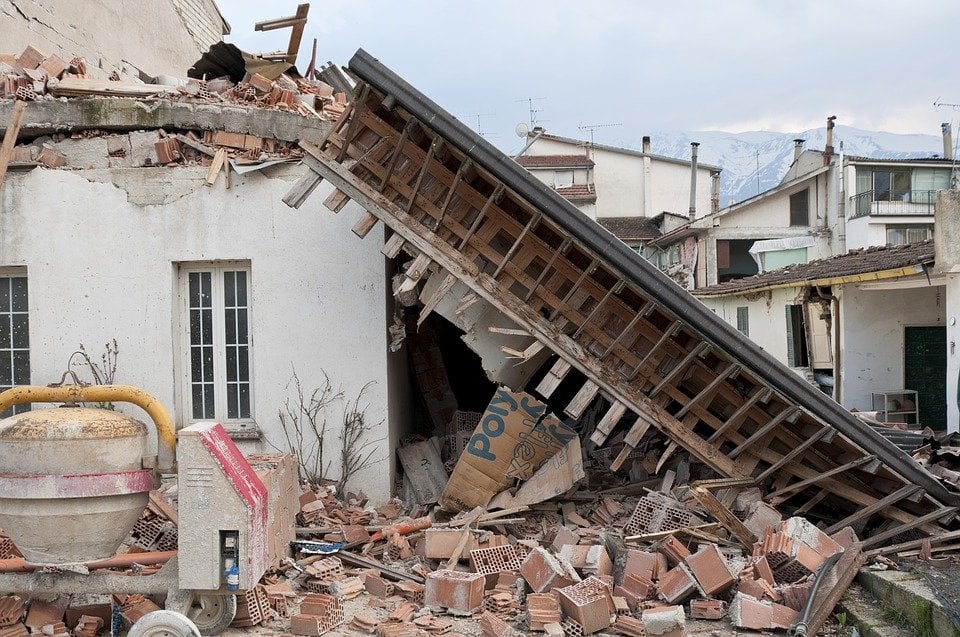
By taking precautions, you’ll have a much better idea of just what to do when the world’s turning upside down.
Got any tips on earthquake survival? Let us know in the comments below! For more survival articles, check out our Survival Category.

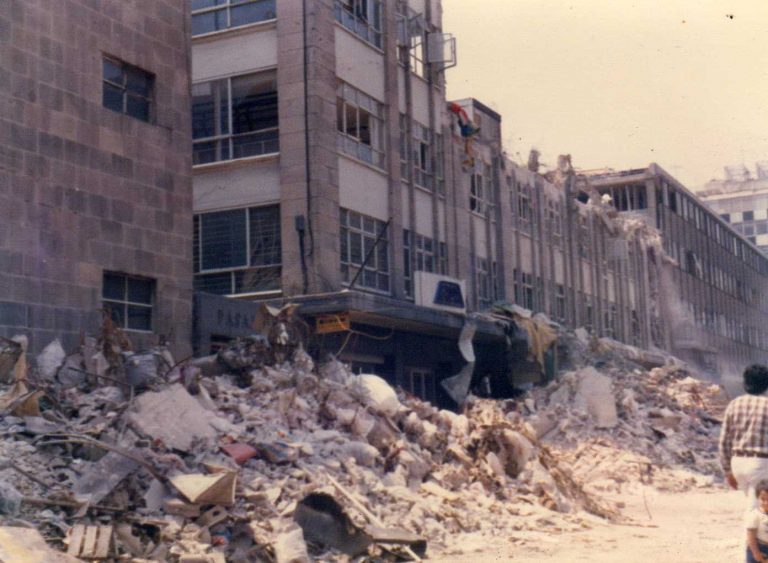









1 Leave a Reply
Survived the Northridge earthquake and this guide is exactly what I have done ever since. Another good idea is to always have a backup "bed". The aftershocks are frightening and if your home is severely damaged a nice comfy bed in the suv will be way less stressful for a few nights.